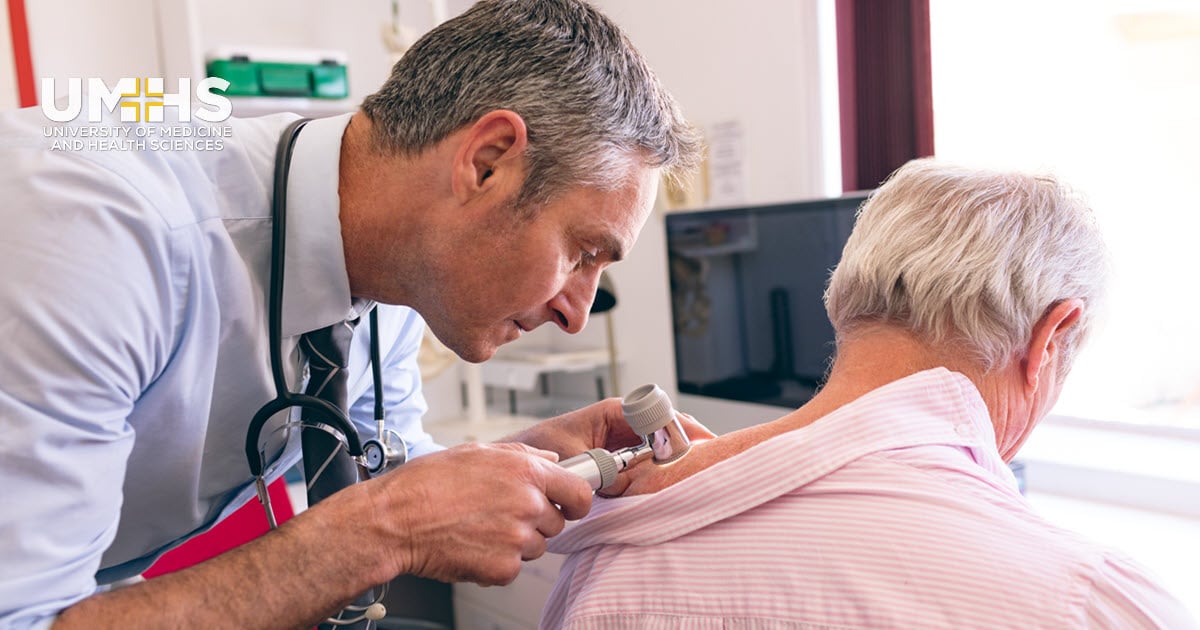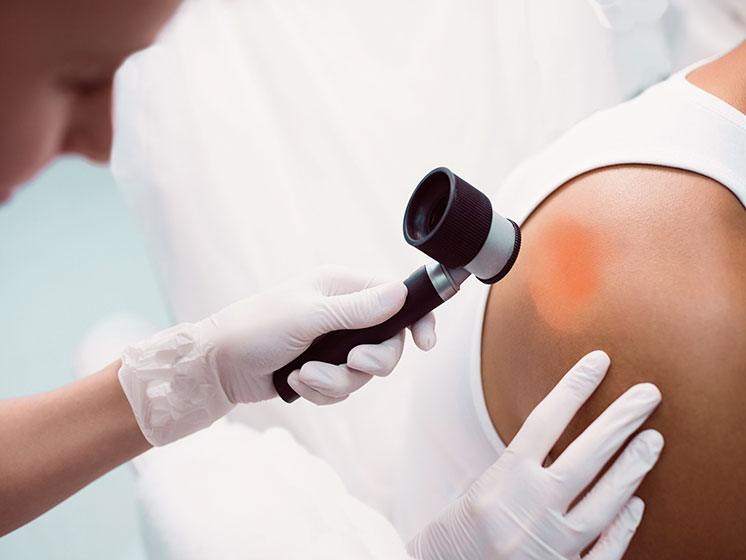Protect yourself from skin cancer with routine screenings.
Protect yourself from skin cancer with routine screenings.
Blog Article
Navigating Skin Cancer Treatment: The Essential Duty of Mohs in Modern Dermatology Practices
Skin cancer, a complicated diagnosis, frequently leaves patients grappling with countless treatment options. As we explore the complexities of this procedure, one will value its pivotal function in skin cancer cells therapy.
Comprehending Skin Cancer Cells: Kinds and Threats
Skin cancer, a potentially deadly ailment, is much more widespread than many individuals recognize. This disease, triggered by the unrestrained development of abnormal skin cells, mostly arises from DNA damage because of exposure to the sunlight and ultraviolet (UV) light. There are 3 primary kinds of skin cancer cells: Basic cell cancer, Squamous cell cancer, and Cancer malignancy. While the former 2 are less lethal and compose most of detected cases, melanoma is the most dangerous. It represents just regarding 1% of skin cancer cells instances however triggers the large majority of skin cancer cells fatalities - chemical peel. Risk variables consist of reasonable skin, history of sunburn, extreme sun exposure, living at high altitudes or close to the equator, having numerous moles, a family members history of skin cancer cells, and damaged immune system.
What Is Mohs Surgery and Exactly How It's Transforming Skin Cancer Therapy
In spite of the numerous treatments currently offered for skin cancer, Mohs surgery stands out as a groundbreaking and extremely reliable service. Named after Frederic E. Mohs, the medical professional that established the procedure, Mohs surgery is a specific surgical strategy utilized to deal with skin cancer cells. This degree of accuracy, combined with the ability to spare as much healthy and balanced cells as feasible, is changing skin cancer therapy.
The Benefits of Mohs Surgical Treatment Over Standard Skin Cancer Treatments
Structure on the cutting-edge nature of Mohs surgical treatment, it's crucial to consider its many benefits over typical skin cancer therapies. Unlike guidelines, Mohs supplies a greater remedy rate, typically getting to 99% for novice therapies and 94% for recurrent cancers cells. This accuracy is because of its unique approach of gradually removing and examining cells layers until just cancer-free cells remain (dermatologist). Furthermore, it lessens damage to healthy and balanced skin, causing much less scarring and boosted aesthetic results. Mohs also provides immediate outcomes, removing the anxiety-ridden delay common with various other methods. Last but not least, it's economical, as the surgery and microscopic evaluation happen simultaneously, getting rid of the need for additional laboratory services. Therefore, Mohs represents a substantial innovation in skin-related practices.
The Treatment of Mohs Surgical Treatment: What to Anticipate During the Refine

Prospective Negative Effects and Post-Operative Care of Mohs Surgical Procedure
Going through Mohs surgical procedure, like any type of other procedure, entails possible adverse effects that clients should recognize. Common adverse effects include discomfort, wounding, and swelling you could try here at the surgical procedure site. These are normally short-term and workable with non-prescription discomfort medicine and ice packs. In rare situations, people may experience infection, blood loss, or an allergy to the anesthetic. Post-operative care is critical to healing and lessening side results. This normally entails keeping the wound clean and dry, taking prescribed drugs, and staying clear of strenuous tasks. People should likewise attend all follow-up visits for injury care and surveillance. In some instances, extra treatments may be necessary to guarantee full elimination of the malignant cells. Complying with these post-operative treatment standards can substantially improve recovery and end results.
Final thought

Report this page